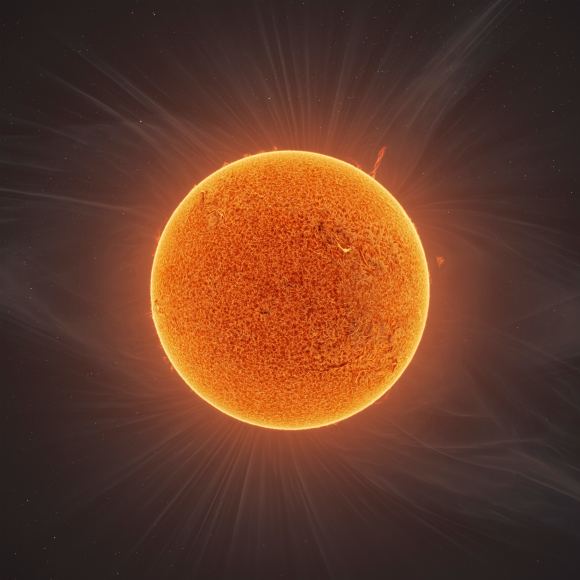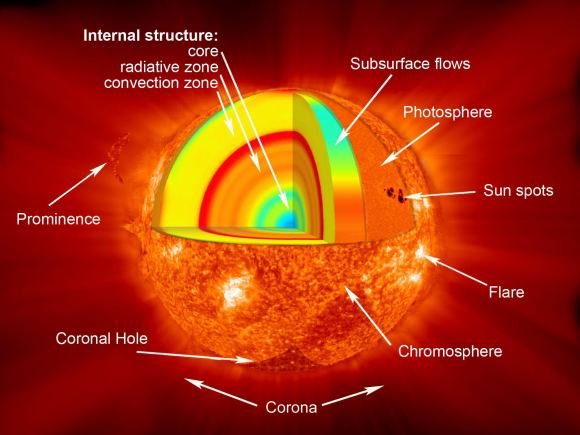The popularity of amateur astrophotography is on the rise within the astronomy community, thanks to the advancements in telescope and camera technologies. With these improvements, individuals from diverse backgrounds can now observe celestial objects, including the Sun, in incredible detail, as long as they use the appropriate protective equipment.
Andrew McCarthy, the proprietor of Cosmic Background Studios (@AJamesMcCarthy on Twitter), showcased this phenomenon through a recent demonstration.
“This is a solar prominence in the sun’s chromosphere, A mass of plasma caught in a magnetic loop, drawing it away from the photosphere and over a hundred thousand miles into space. Solar material ‘rains’ down from the prominence back into the sun.”

McCarthy collaborated with colleague, Jason Guenzel (@TheVastReaches on Twitter), to produce a breathtaking 140 megapixel still image of the Sun with the tornado visible in the upper portion of the image.

layers of the Sun, including the solar prominence, chromosphere, photosphere, and corona. This is because while the Sun appears to be a uniform structure on the surface, it contains layers just like the Earth and other celestial objects.



